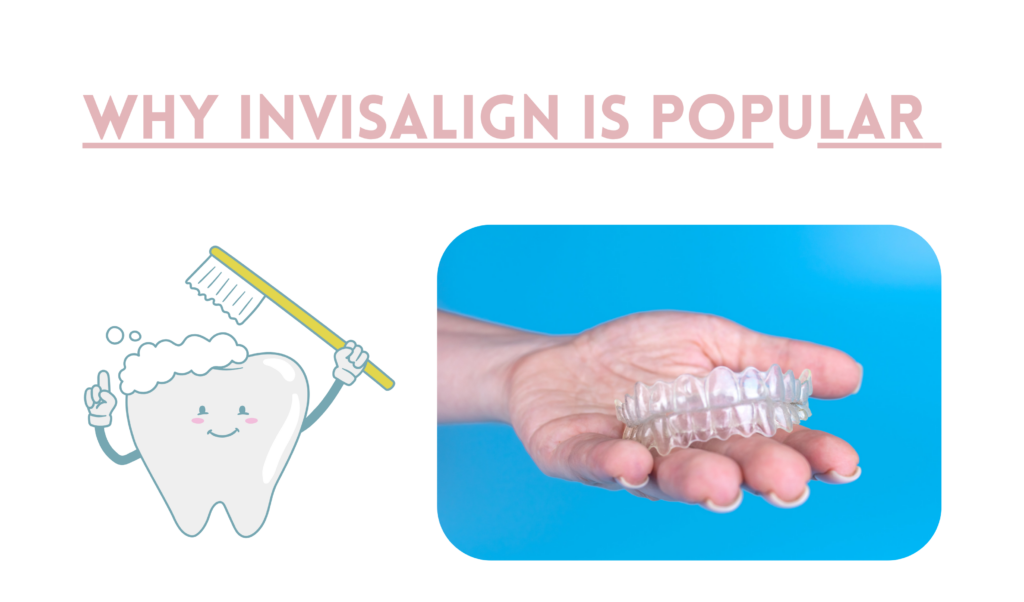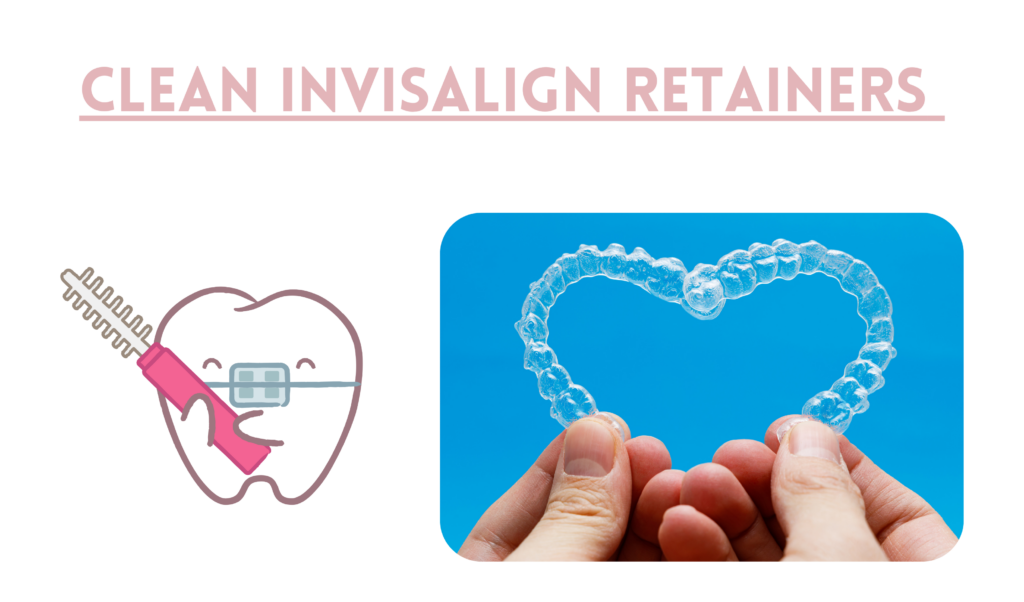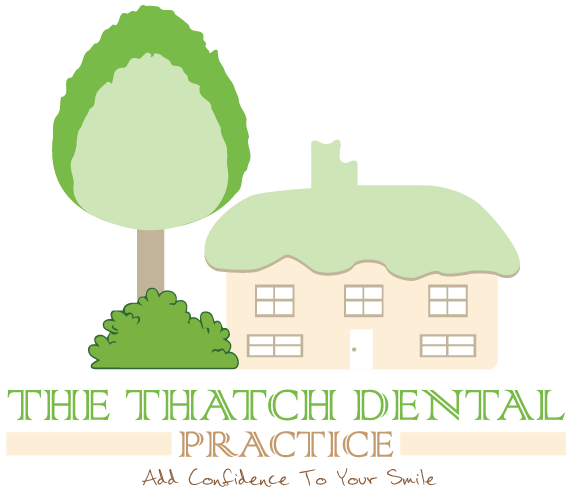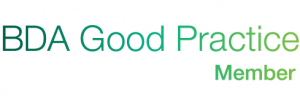Select Your Favourite Topic

Invisalign and Invisalign Retainers
A. Why Invisalign is popular
Invisalign, also known as Invisalign aligners, is a top treatment for straightening teeth. It involves a series of custom-made, clear aligners that gradually straighten your teeth. Unlike braces, which are almost indistinguishable from each other, aligners are almost indistinguishable from each other. This makes them a more discreet treatment option for people looking to straighten their teeth.
Here’s how Invisalign works:
1. Consultation: A dental professional or an orthodontist will evaluate the patient’s oral health and develop a treatment plan.
2. Digital Impressions: Digital impressions are a type of 3D imaging that uses a digital model of a patient’s teeth instead of traditional molds.
3. Customized Aligners: Based on the digital model, a series of custom-made, clear plastic aligners are created. Each set is worn for about two weeks, gradually shifting the teeth into the desired position.
4. Regular Check-ups: Patients typically have periodic check-ups with their orthodontist to monitor progress and receive new sets of aligners.
5. Treatment Completion: Once the treatment is complete, patients may be advised to wear retainers to maintain the corrected alignment.
The popularity of Invisalign can be attributed to several factors:
Aesthetic Appeal: The clear aligners are nearly invisible, making them a more aesthetically pleasing option compared to traditional metal braces.
6. Removability: Invisalign aligners can be removed for eating, brushing, and special occasions. This feature provides greater convenience and allows for better oral hygiene compared to fixed braces.
7. Comfort: Invisalign aligners are made from smooth, comfortable materials, reducing irritation to the cheeks and gums often associated with traditional braces.
Predictable Results: The treatment process is highly predictable due to advanced 3D imaging technology, allowing patients to visualize the expected outcome.
8. Lifestyle Compatibility: Invisalign is popular among adults and professionals who may be reluctant to wear noticeable braces. The flexibility and discreet nature of Invisalign aligners align well with diverse lifestyles.
9. Growing Awareness: As more people become aware of Invisalign and its benefits, the demand for this orthodontic treatment has increased.

B. Importance of maintaining clean Invisalign retainers for oral hygiene
Maintaining clean Invisalign retainers is crucial for oral hygiene and overall dental health. Invisalign retainers, or clear aligner trays, are used to straighten teeth and correct bite issues. Here are some reasons why keeping them clean is important:
1. Bacterial Growth: The mouth is a breeding ground for bacteria. When you wear Invisalign retainers, they create a warm and moist environment that is conducive to bacterial growth. Failing to clean your retainers regularly can lead to the accumulation of bacteria, contributing to bad breath and potential oral infections.
2. Plaque Buildup: If you don’t clean your Invisalign retainers properly, plaque can accumulate on them. Plaque is a sticky film of bacteria that can lead to tooth decay and gum disease. Plaque buildup on the retainers can also make them appear cloudy or discolored.
3. Bad Breath: Bacteria that thrive on dirty retainers can produce unpleasant odors, causing bad breath. Regular cleaning helps prevent the development of these odor-causing bacteria, promoting fresher breath.
4. Preventing Cavities: Placing dirty retainers back into your mouth introduces bacteria and plaque to your teeth, increasing the risk of cavities. Clean retainers help maintain good oral hygiene and reduce the likelihood of developing dental problems.
5. Avoiding Stains: Clear aligners are visible, and any stains or discoloration can be noticeable. Proper cleaning helps prevent the retainers from becoming discolored or stained, preserving their transparency and appearance.
6. Irritation and Infection: Unclean retainers can cause irritation to your gums and the soft tissues in your mouth. Bacteria on the retainers may lead to infections if they come into contact with any cuts or sores in your mouth.
C. To maintain clean Invisalign retainers:
1. Rinse after removal: Always rinse your retainers with water every time you remove them. This helps remove saliva and prevents dried-on plaque.
2. Brush regularly: Brush your Invisalign retainers gently with a soft toothbrush and non-abrasive toothpaste. Avoid using hot water, as it can deform the aligners.
3. Soak in a cleaning solution: Soaking your retainers in a denture cleaner or Invisalign cleaning crystals can help eliminate bacteria and keep them fresh. Follow the manufacturer’s instructions for the cleaning solution.
4. Avoid certain foods and drinks: Remove your retainers before consuming anything other than water to prevent staining and plaque buildup.
5. Store properly: When not in use, store your retainers in their case to protect them from dirt and bacteria.
D. The Importance of Cleaning Your Invisalign Retainer
1. Hygiene: Maintaining good oral hygiene is key to maintaining good oral health. Unclean retainers can contain bacteria, plaque and food particles that can cause bad breath and gum disease, as well as other oral health problems. Cleaning your retainers regularly will help keep your mouth clean and healthy throughout your Invisalign procedure.
2. Cleaning your retainers prevents bacterial growth: Bacteria can easily build up on the inside of your Invisalign. If you don’t clean your retainers regularly, bacteria can build up on the surface. This can lead to plaque buildup and tartar buildup, which can cause cavities and dental issues. Cleaning your retainers helps keep your oral environment healthy.
3. Prevent stains and odors: If you don’t clean your retainers regularly, they can stain and smell bad. Stains can happen when pigments build up in your retainers from food and drinks. Cleaning your retainers regularly helps prevent stains and keeps them smelling fresh.
4. How To Keep Your Invisalign Retinal Clear: Invisalign retainers aren’t nearly as visible as regular orthodontic lenses. If they’re not cleaned regularly, they can become discolored or cloudy, which can reduce their transparency. Cleaning your retainers helps keep your aligners clear and visible, so you can keep them hidden during treatment.
5. Invisalign Aligner: Your Invisalign Aligner Will Last Longer If You Clean It Regularly Invisalign Aligners are made from a high-quality clear plastic material. They are designed to last a long time, but wear and tear can occur if you don’t take proper care of them. Cleaning your aligners regularly will help keep them in good condition and help them last longer. If your aligners are damaged, they may not fit correctly, which can affect your treatment progress.
6. Comfort: Clean aligners are easier to wear. Over time, debris or bacteria build up on the retainers’ surfaces, which can irritate your gums and other soft tissues in your mouth. Keeping your aligners clean improves your overall comfort throughout your treatment.
7. Invisalign treatment: Invisalign treatment works by gradually shifting your teeth into the correct position with a series of aligners. If your aligners aren’t clean, they won’t fit properly and won’t work as well as they should. Cleaning your aligners regularly ensures they’re in good working order.
E. Understanding Invisalign Retainers
Invisalign is an orthodontic procedure that uses a set of custom-made, clear aligners to straighten teeth over time. Unlike traditional braces, Invisalign is more discreet and comfortable to wear. Here’s a look at what Invisalign is and how it works.
1. Consultation and Treatment Planning: Invisalign treatment starts with consultation and treatment planning. The first step in your Invisalign process is to meet with a professional who is trained in the practice of orthodontics. The professional will evaluate your teeth and bite, as well as your general oral health. If your case is suitable for Invisalign treatment, they will create a treatment plan that is tailored to your individual needs. The next step is to create a 3D image of your teeth using advanced 3D imaging technologies like iTero.
2. Customized Aligners: Depending on your treatment plan, you’ll be fitted with a series of aligners that are made from clear, plastic. The aligners use controlled forces to move your teeth into the correct positions over time. Each aligner series will last approximately two weeks before you’re switched to a new set. As you wear the aligners, your teeth gradually move closer to where you want them to be.
3. Discreet and Removable: One of the best things about Invisalign is that it’s almost undetectable. That’s why it’s a popular choice for people who want their teeth straightened but don’t want to look like they’re wearing braces. Invisalign aligners also come with a removable design, so you can take them out when you need to eat, brush, or floss, which promotes better oral hygiene and reduces the need for dietary restrictions that come with traditional braces.
4. Regular Checkups: During the course of your treatment, you will need to visit your orthodontist for regular checkups. These appointments allow your orthodontic doctor to track your progress, adjust your treatment plan, and give you your new set of aligners.
F. Daily Cleaning Routine:
It’s important to clean your retainers on a daily basis to keep them clear and prevent bacteria and plaque from building up. Here’s a quick guide to cleaning your retainers.
1. Remove the Retainers: To clean your retainers, take them out of your mouth. Keep your hands clean and gently remove the retainers.
2. Rinse with Lukewarm Water: To rinse your retainers, hold them under warm water to get rid of any saliva or debris. Keep in mind that hot water can deform your retainers.
3. Use a Soft Toothbrush: Using a soft toothbrush A soft toothbrush is the best toothbrush to use for Invisalign. Toothpaste can scratch your retainers, so use a soft toothbrush instead.
4. Gently Brush the Retainers: To gently clean your retainers, lightly brush all areas of your Invisalign aligners, both inside and out. Notice if there is any visible plaque or build-up on the inside or outside of your retainers. Be gentle but not too gentle to avoid damaging your retainers.
5. Soak in a Cleaning Solution: To clean your retainers, soak your dentures or retainer in a cleaning solution. You can use commercial cleaning products that are specifically formulated for your Invisalign retainer, or mix equal parts of water with white vinegar and soak for 15 to 20 minutes.
6. Brush Again After Soaking: Brush again after soaking: Once the retainers have been soaked, brush them again to get rid of any dirt or grime. Be sure to get into all the crevices.
7. Rinse Thoroughly: To clean your retainers, rinse them thoroughly under warm water to get rid of any residue from cleaning solution. Make sure there is no odor or taste left on your retainers.
8. Inspect for Damage: Take a few moments to look at your retainers to see if there are any signs of wear or damage. Look for any cracks, scratches or changes in the shape of your retainers. If you see any problems, get in touch with your orthodontic professional.
9. Store Properly: When not in use, keep your retainers in your case. Do not leave your retainers exposed to the air or wrap them in tissues as this can cause bacterial growth.
10. Clean Your Mouth: Invisalign retainers can be damaged by bacteria, so it’s important to keep your mouth clean before you put them back in place. Brushing and flossing your teeth can help prevent bacteria from getting into your retainers.







